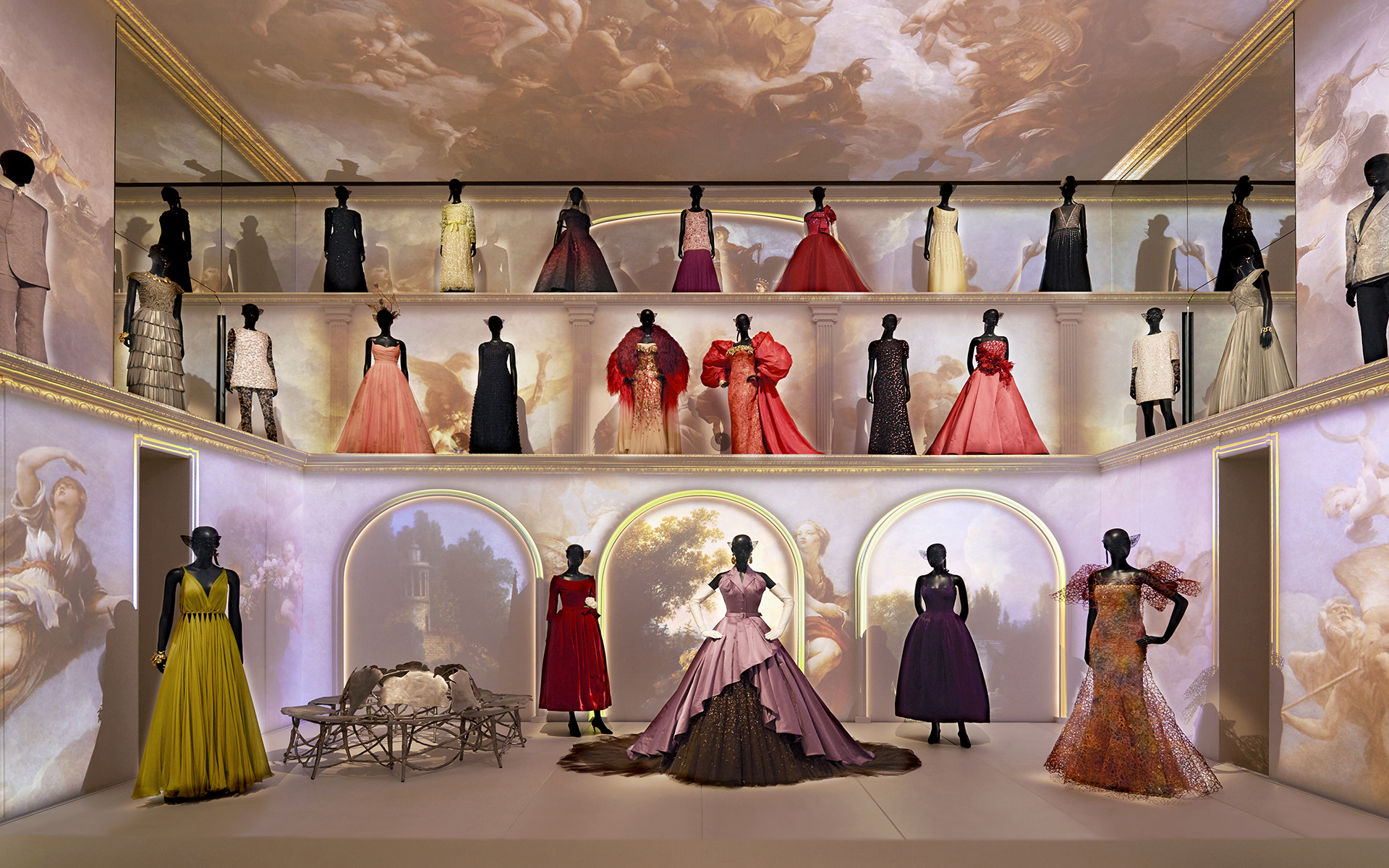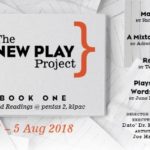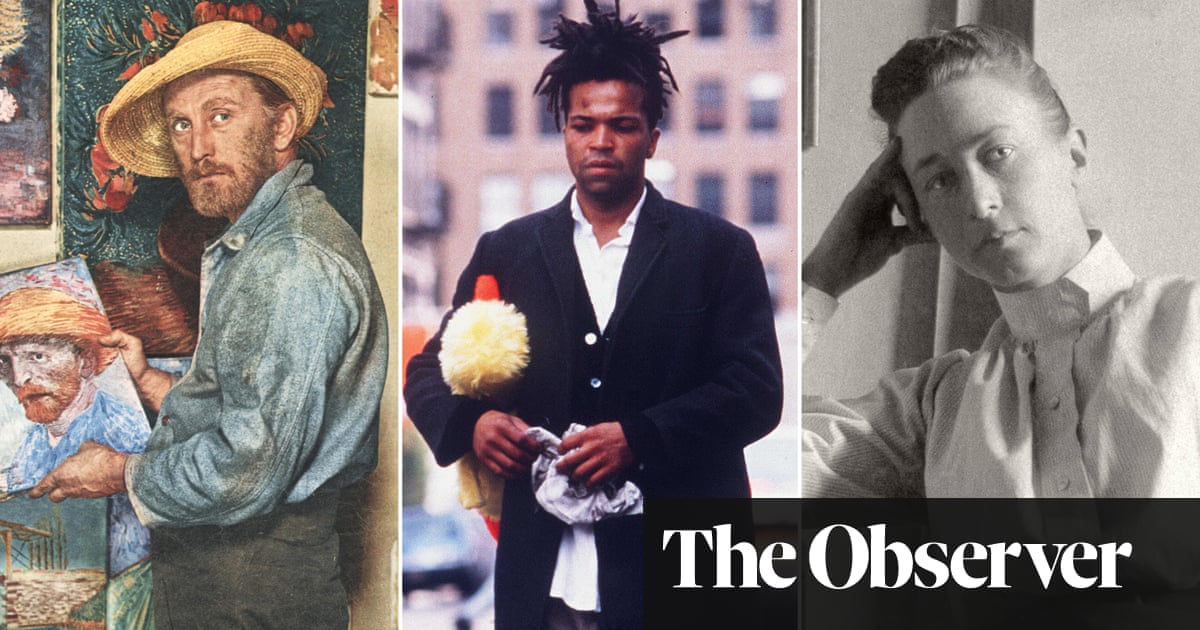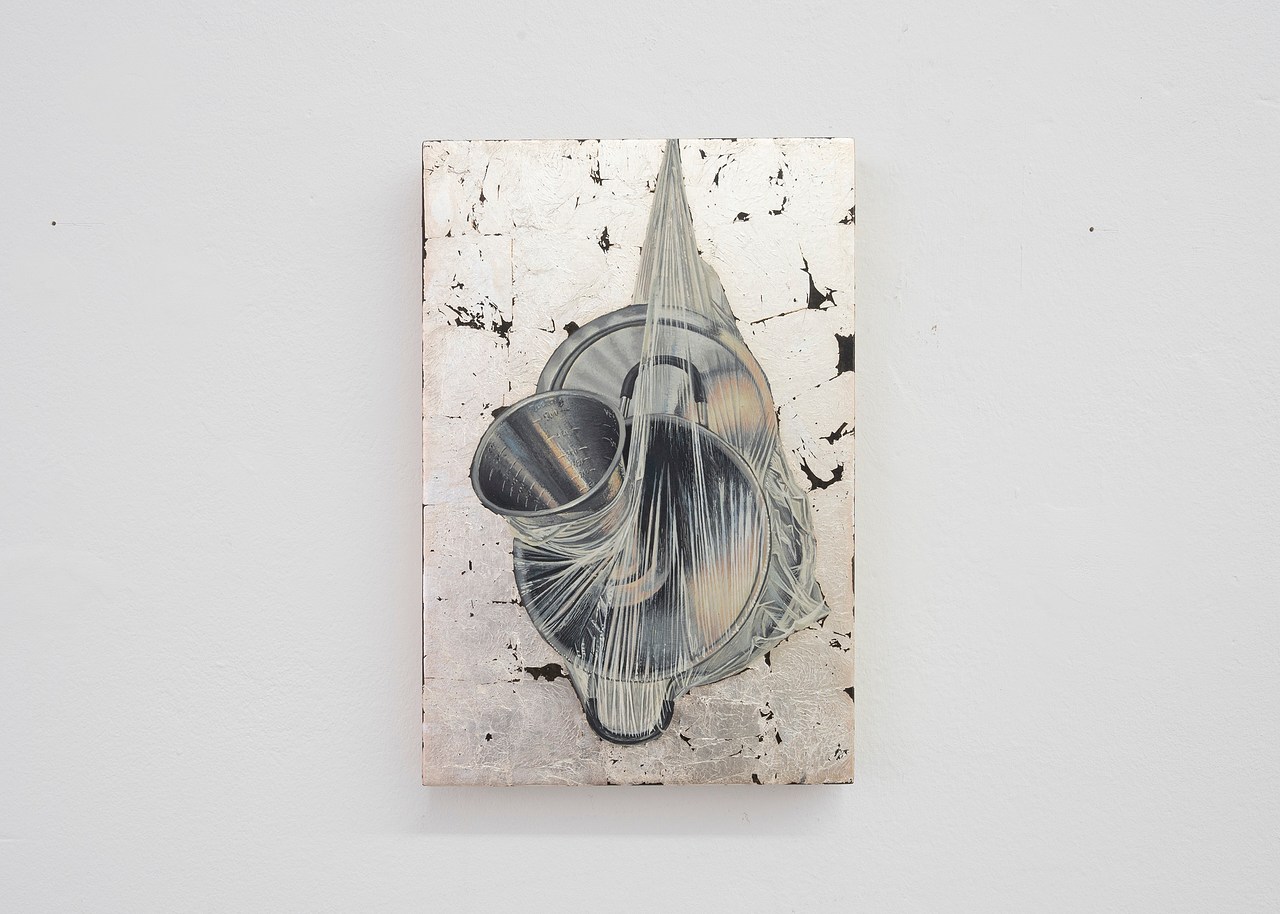Book of Veles 13 - Laptop
2021 - NFT (NFT)
Jonas Bendiksen
For his project Book of Veles artist Jonas Bendiksen travelled to the small city of Veles in North Macedonia, inspired by a series of press reports starting in 2016, that revealed Veles as a major source of the fake news stories flooding Facebook and other social media sites celebrating Donald Trump and denigrating Hillary Clinton. Scores of young people in the impoverished city had discovered that they could make a decent living by fabricating and circulating stories online. Originally presented as a book, Bendiksen’s haunting images show the city of Veles and its inhabitants. A man leans out of a window of a large apartment block, a pair of satellite dishes hanging nearby. A woman sits on an unmade bed, gazing into the screen of a laptop. Grainy and dimly lit, the images are eerie, poignant, and beautiful. They’re also fake. Bendiksen’s project also references an historical tale, the original Book of Veles , involving a story about a pre-Christian pagan bear-god (called Veles) from a manuscript discovered in 1919. While this religious-historical epic is popular today among Russian nationalists, professional academics have concluded it is actually a forgery—a piece of fake news from the 1920s Bendiksen did make two trips to Veles in 2019 and 2020, but he didn’t photograph any people. He shot pictures of buildings, land and cityscapes, and when he returned home to Norway he used video-game-production software to transform the images into three-dimensional renderings. Using a game engine, he built 3D models of people and objects and placed them inside the scenes, carefully adjusting their poses, clothing, and lighting to make everything look as realistic as possible. When the book of the final images was originally published, the project was celebrated as photojournalism, and it wasn’t until Bendiksen made a public announcement that it became clear that it was a fake story about real people, who made fake news. After the reveal, the project was covered in almost 100 articles in the worldwide press.
Jonas Bendiksen is a Norwegian-American artist and photographer whose work addresses enclaves, people on the fringes of society, and those living in isolated communities. His first published book, titled Satellites – Photographs from the Fringes of the former Soviet Union (2006), looked at separatist republics in the former USSR. In 2005 Bendiksen started a project titled The Places We Live about a different type of enclave – the urban slum. This project became a three-year journey through four slum communities around the world. In 2008 it became a book and exhibition featuring projections and voice recordings in a three-dimensional installation. Bendiksen’s work also considers faith and religion, and its place in society. His book, The Last Testament (2017), is about people who claim to be the Second Coming of Christ.
Colors:
Related works sharing similar palette

© » ARTSY
Diana Al-Hadid’s Monumental, Spiky Bronzes Examine Feminine Strength and Fragility | Artsy Skip to Main Content Advertisement Art Diana Al-Hadid’s Monumental, Spiky Bronzes Examine Feminine Strength and Fragility Rawaa Talass Nov 16, 2023 5:13PM Diana Al-Hadid The Bride in the Large Glass , 2023 Kasmin Price on request Portrait of Diana Al-Hadid by Diego Flores...

© » KADIST
Ícaro Lira
2012Icaro Lira has been developing the project “Museum of the Foreigner” since 2015, in which he recounts the trajectories of populations inside Brazil, from the north to the big cities of the south...

© » SLASH PARIS
40 ans du Frac ! — Gunaikeîon — Frac île-de-france, les Réserves — Exhibition — Slash Paris Login Newsletter Twitter Facebook 40 ans du Frac ! — Gunaikeîon — Frac île-de-france, les Réserves — Exhibition — Slash Paris English Français Home Events Artists Venues Magazine Videos Back 40 ans du Frac ! — Gunaikeîon Exhibition Mixed media Vue de l’exposition 40 ans du Frac ! — Gunaikeîon au Frac île-de-france, les Réserves, Romainville © Frac Île-de-France 40 ans du Frac ! Gunaikeîon Ends in 2 months: October 15, 2023 → February 24, 2024 Pour les 40 ans des Frac, il s’agit à la fois de repenser l’histoire de l’institution, écrite notamment par le biais de sa collection, et de tendre vers des futurs communs et désirables...

© » KADIST
Ahmet Ögüt
2022Monuments of the Disclosed by Ahmet Ögüt is an NFT series of digital monuments to whistleblowers...

© » GALERIE MAGAZINE
La Galerie Dior Unveils Spellbinding Exhibition Spotlighting Women Artists - Galerie Subscribe Art + Culture Interiors Style + Design Emerging Artists Discoveries Artist Guide More Creative Minds Life Imitates Art Real estate Events Video Galerie House of Art and Design Subscribe About Press Advertising Contact Us Follow Galerie Sign up to receive our newsletter Subscribe La Galerie Dior in Paris has opened a new show spotlighting women artists...

© » ARTS EQUATOR
Weekly Picks: Malaysia (30 July – 5 Aug 2018) | ArtsEquator Thinking and Talking about Arts and Culture in Southeast Asia Weekly To Do July 30, 2018 The New Play Project : Book One, at klpac, 1–5 Aug Four staged readings from a project that focuses on storytelling by four KL writers; Ridhwan Saidi, Adiwijaya Iskandar, Juno Hoay-Fern Ooi and Terence Toh...

© » ARTS EQUATOR
Nghệ thuật Xin giấy phép Triển lãm ở Việt Nam | ArtsEquator Skip to content Tại một đất nước như Việt Nam, nơi có những yêu cầu không rõ ràng về việc trưng bày, Linh Lê nhấn mạnh rằng chỉ cần một thứ tưởng chừng đơn giản như xin giấy phép triển lãm có thể trở thành một cách kiểm duyệt biểu đạt nghệ thuật...

© » ARTSJOURNAL
Streaming: the best films about artists | Movies | The Guardian Skip to main content Skip to navigation Skip to navigation From left: Kirk Douglas as Vincent van Gogh in Vincente Minnelli's ‘unabashedly gorgeous' Lust For Life (1956); ‘raw, restless' Jeffrey Wright in Julian Schnabel's Basquiat (1996); the Swedish artist and mystic Hilma af Klint in Halina Ryschka's documentary Beyond the Visible (2019)...

© » KADIST
John Houck
2013John Houck’s brown- , sienna- and golden-toned composition, Untitled #185, 65, 535 combinations of a 2×2 grid, 16 colors , features densely packed lines of color moving diagonally across the creased page...

© » KADIST
Women Art Revolution Alicia Smith, Amapola Prada, Claudia Joskowicz, Clarisse Hahn, Fang Lu, Laura Huertas Millán, Lynn Hershman Leeson, siren eun young jung Women Art Revolution draws a selection of works from the KADIST collection that aim to initiate conversations around women’s issues, feminism, and feminist art...










